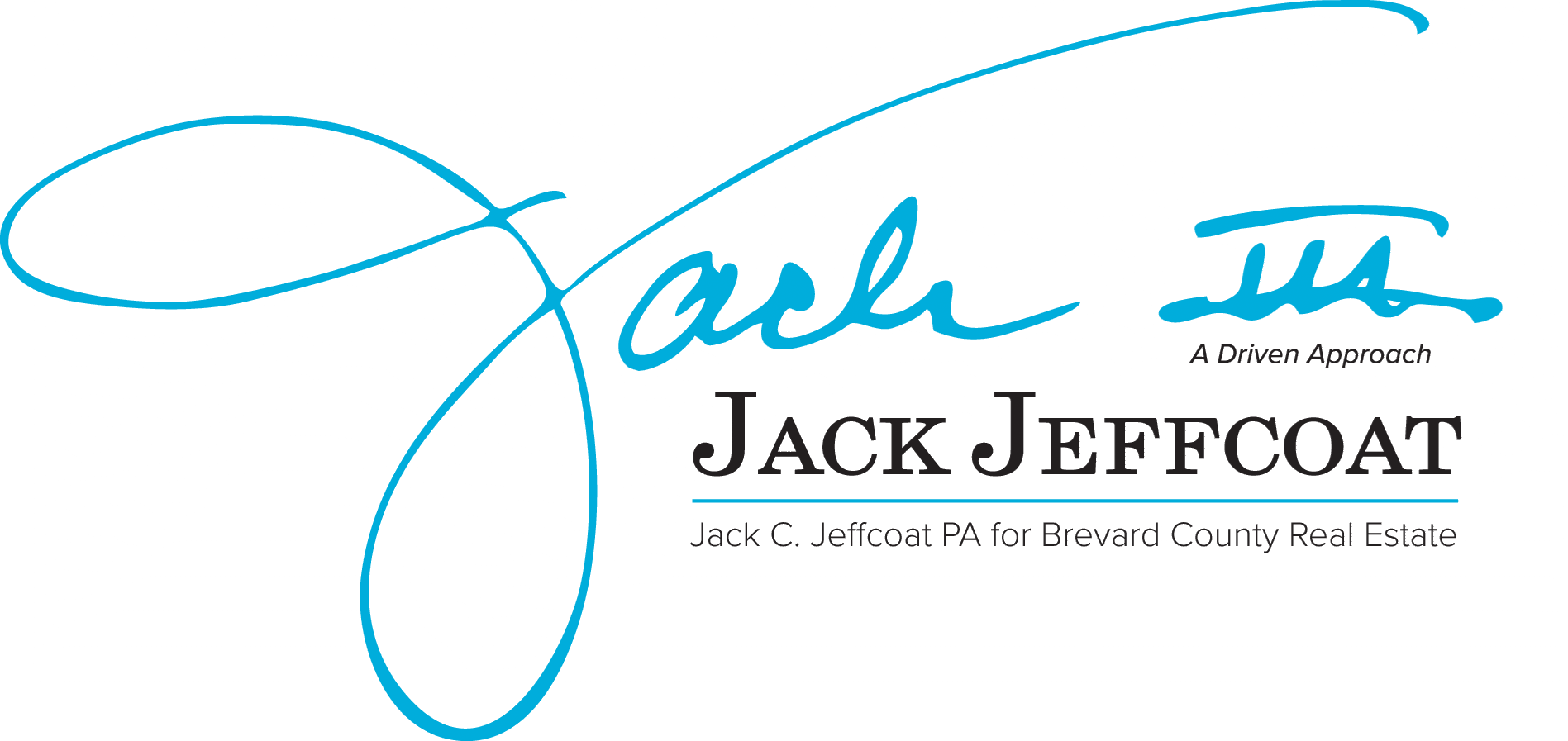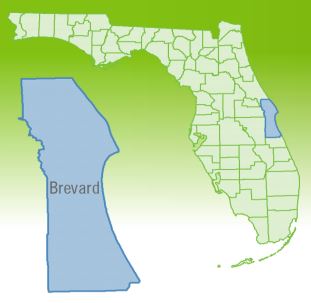7 Steps for Millennials
7 Steps for Millennials to Define Their Financial Future
Like other age groups not saving enough for retirement is the biggest vulnerability facing Millennials. However they're the only generation that doesn't seem to know it as Millennials ranked more urgent needs like managing cash flow getting out of debt and investing as higher priorities. Here are some steps Millennials can take to strike a better balance between the needs of today and tomorrow.
1. Take control over your day-to-day finances. Millennials rank managing cash flow as their top priority. The first step is to find out where your money is going by looking at previous bank and credit card statements and categorizing them on a worksheet or a free site like Mint or Yodlee MoneyCenter that can track spending online or via smartphone apps. You can then search for ways to cut back on some of those expenses to bring your spending in line with your income and free up money that can be used to pay down debt or save for the future.
2. Know the difference between good and bad debt. Getting out of debt was their second most important priority but not all debt is equal. Debt taken to enhance career opportunities like a student loan to purchase a vehicle needed to commute to work or to invest in an appreciating asset like a home tends to be low interest and can be characterized as "good debt." Credit card debt taken to purchase the latest iPad is typically charged much higher interest rates and should be considered "bad debt."
While auto and student loans may be frustrating they don't typically cost as much in interest or have as negative an impact on your credit score as credit card debt. In fact it may make more sense to invest extra money rather than pay down these good debts since the investments can be expected to earn more than you save in interest. On the other hand you should pay any high-interest debt off as soon as possible.
3. Protect your credit. Millennials are already the most likely age group to check their credit report on an annual basis likely due to the impact it has on their opportunities for jobs and home ownership. You can take it one step further by signing up for free credit advice and monitoring on sites like Credit Karma and Credit Sesame. For even stronger protection you may want to put a security freeze on each of your credit reports to prevent would-be identity thieves from opening credit in your name.
4. Run a retirement calculator. With retirement so far off only 29 percent of Millennials have run a retirement calculator the lowest percentage of the generations. This lack of awareness is their greatest weakness. Using an employer-provided program like Financial Engines or Schwab GuidedChoice or a retirement calculator can be an eye-opener.
5. Start saving for retirement. Millennials are the generation most likely to not be saving for retirement at all. While their incomes may be relatively low and many are struggling with student loan payments Millennials should still begin building the habit of regular saving. One place to start is to make sure you're contributing at least enough to your employer's retirement plan to get the full match and not leave any of that free money on the table. This also forces you to save money before you even have a chance to spend it. You can then gradually increase that contribution rate over time.
6. Open a Roth IRA. One place to put additional savings is a Roth IRA which can be used to save for both short-term goals like emergencies going back to school or buying a home and long-term goals like retirement. That's because whatever you contribute to a Roth IRA can be withdrawn tax and penalty free at any time and for any reason so the money won't be tied up. (Earnings can also be withdrawn penalty-free for education expenses and up to $10k for a first-time home purchase.)
On the other hand whatever isn't withdrawn grows to be tax-free after age 59 1/2. (Any earnings withdrawn before age 59 1/2 could be subject to taxes and a 10 percent penalty.) The key is to leave the Roth IRA invested someplace safe and accessible like a savings account or money market fund until there's enough emergency savings (at least 3-6 months of necessary expenses) accumulated somewhere else. At that point it can be invested more aggressively for retirement.
7. Get investment help. Investing was the third highest priority for Millennials and an area where their behavior trailed the other generations probably due to their lack of investment experience. Target date retirement funds can simplify the process but they may actually be too aggressive for many Millennials as 43 percent characterized themselves as conservative investors. See if you can get more customized guidance and advice through your employer or use online tools like FutureAdvisor and Jemstep for free investment recommendations (there are fees if you want to have them manage the money for you).
Source: Financial Finesse
Reprinted with permission from RISMedia. ©2014. All rights reserved.






